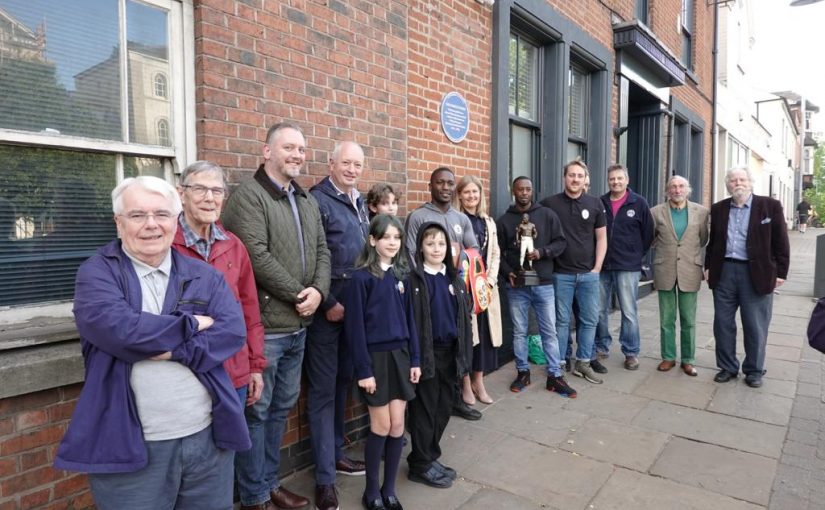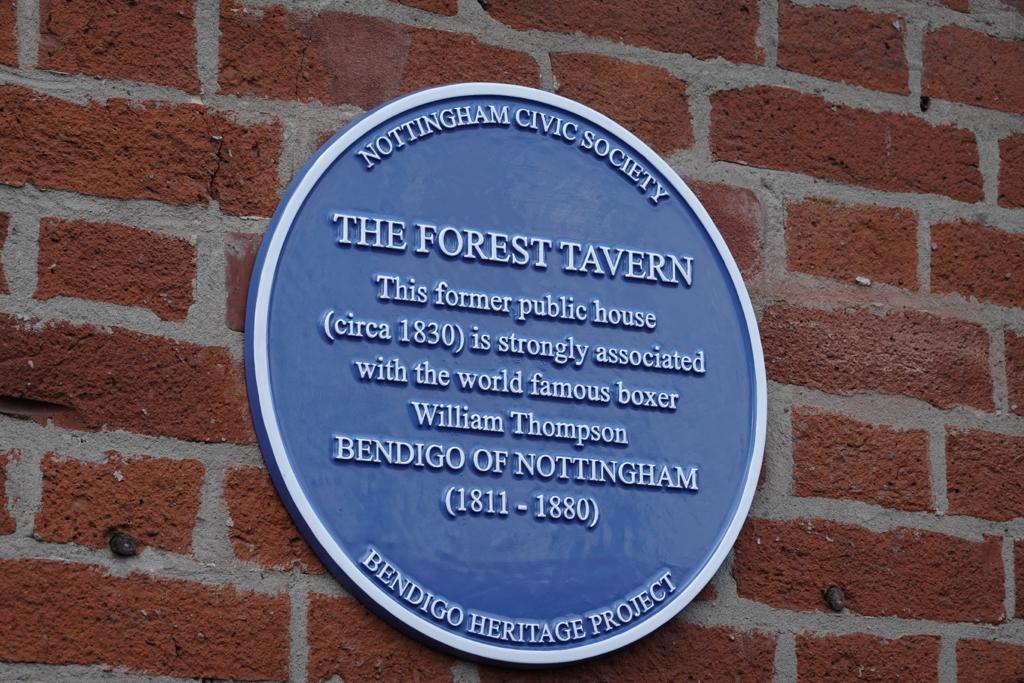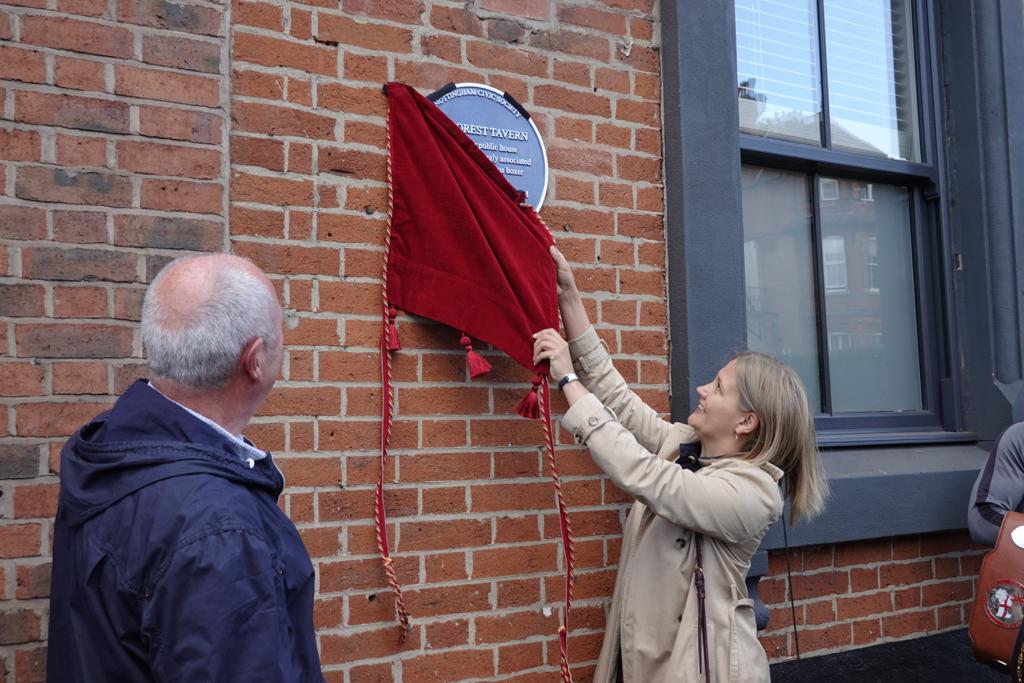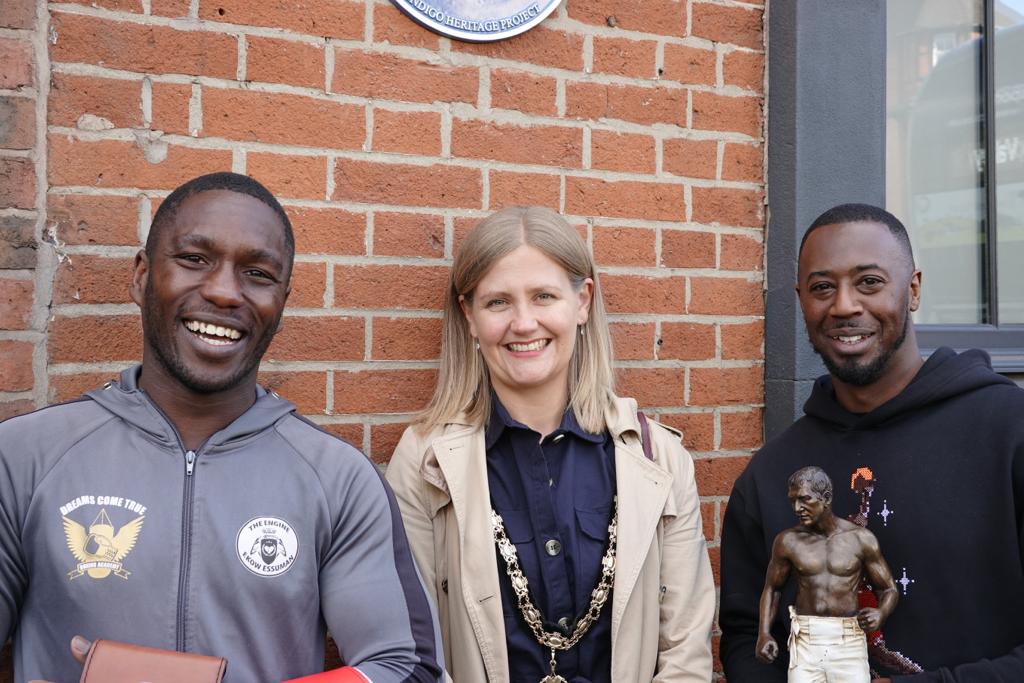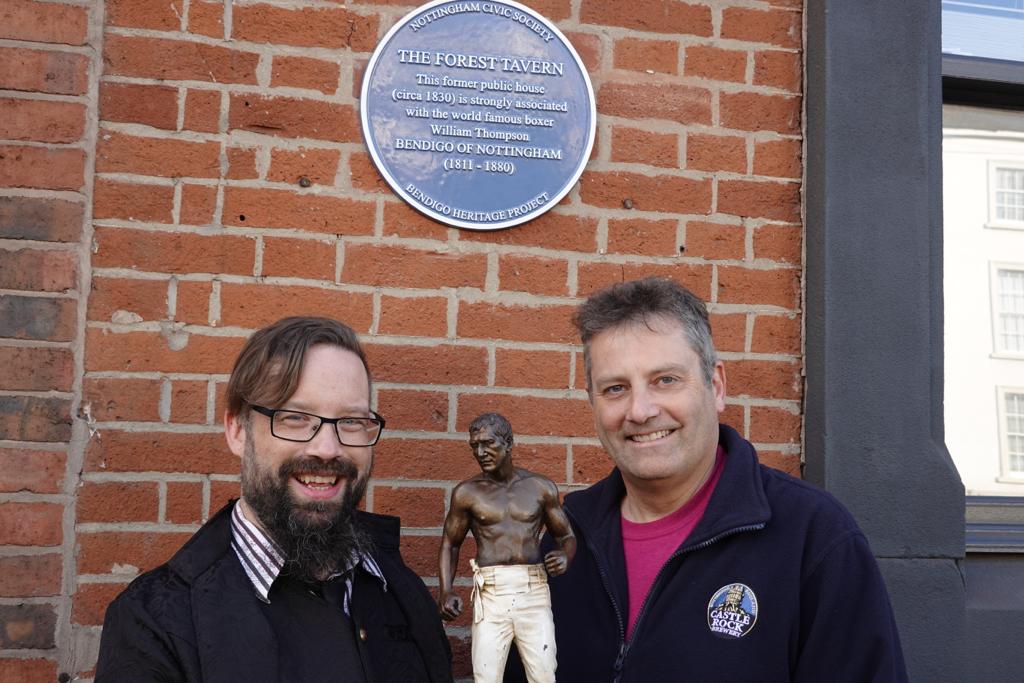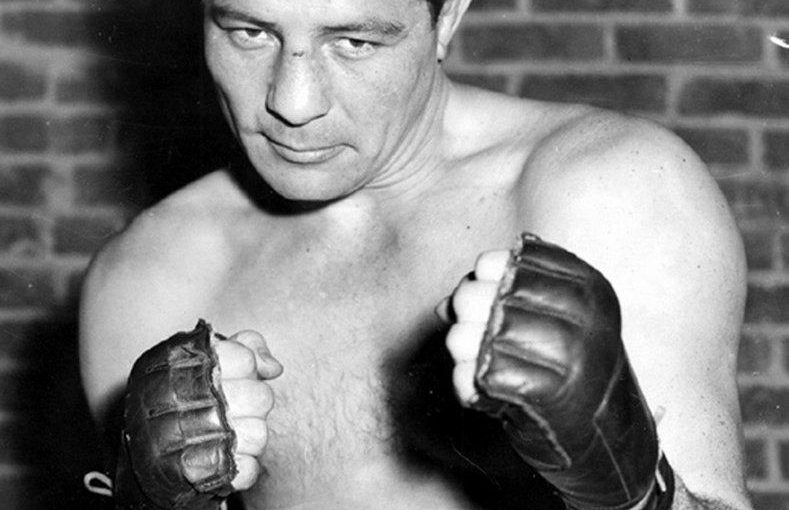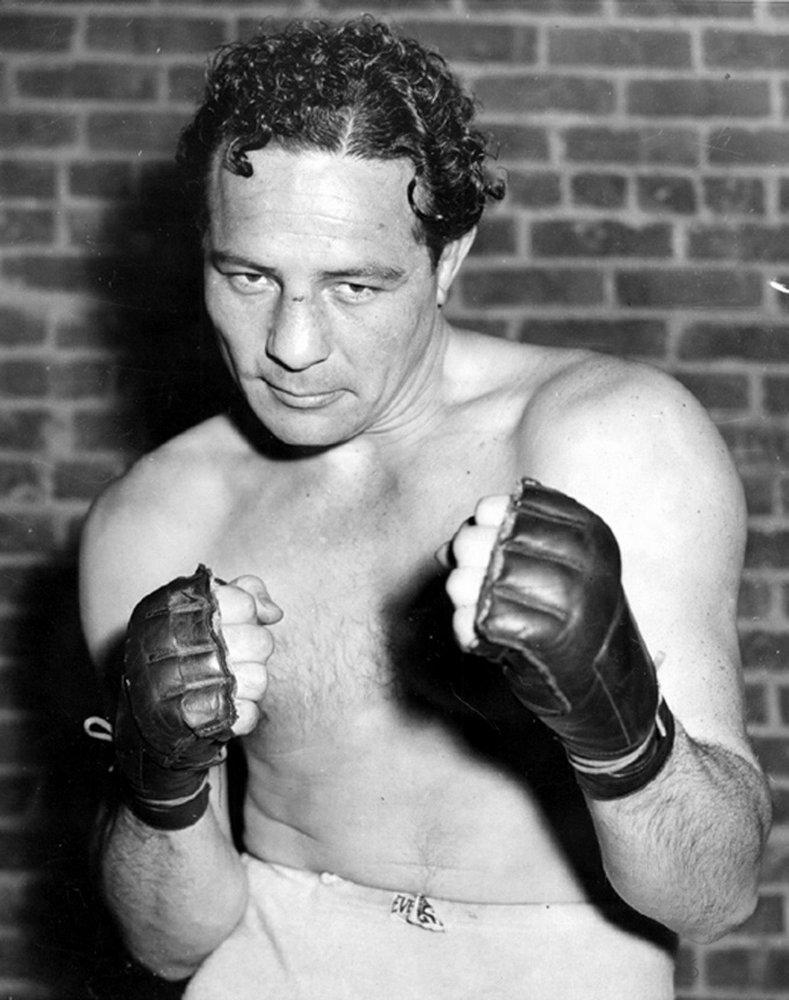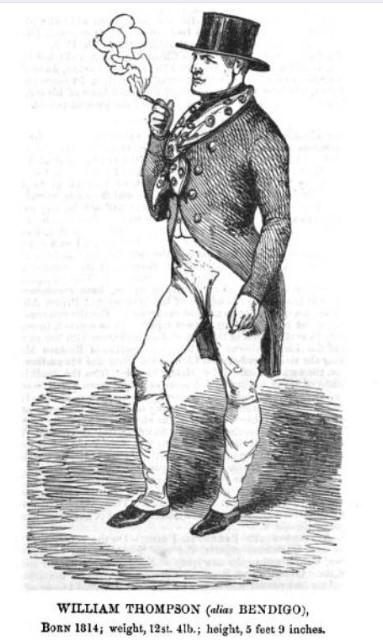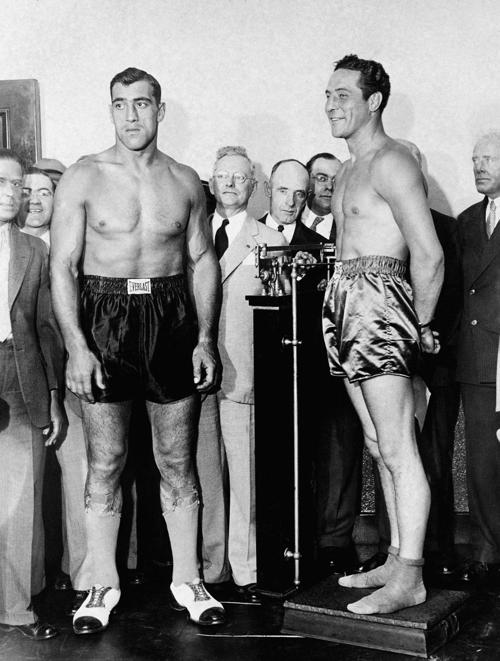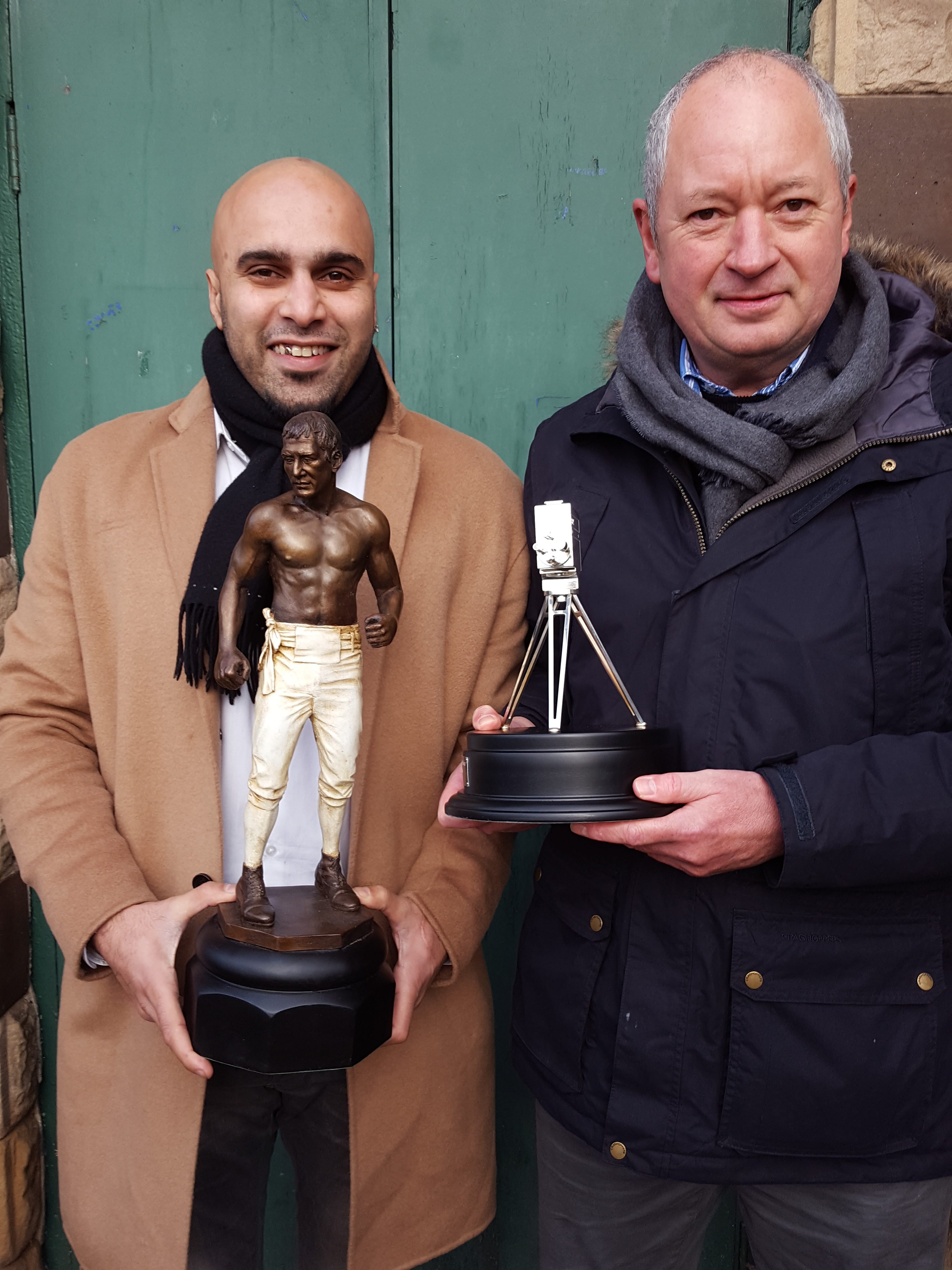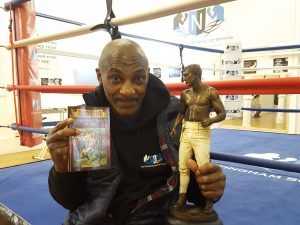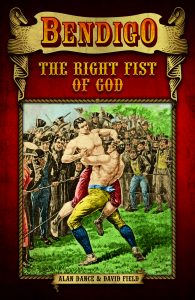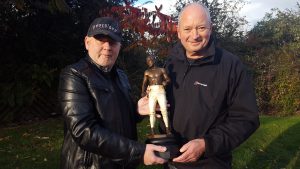All fighters needed backers and Bendigo found his as a 19 year old in 1932. His name was Joseph Whitaker, a wealthy landowner and squire of Ramsdale House near Arnold, just outside of Nottingham. His estate covered 1800 acres and is now a golf course.
Born in 1798, Joseph was a true sporting squire of the times, known to all by his nickname, The Duke of Limbs. He was a keen horse rider and one of the top riders to hunt with hounds in Nottinghamshire and Leicestershire. He was also a fine shot, and took great interest in all ‘manly sports’.
Here’s what is recorded about him, taken from the book Bold As A Lion by J.P.Bean
Whitaker was an accomplished horseman who rode hounds and a dedicated breeder of fighting cocks. He developed a new strain of duckwing birds that fought an historic contest against Lord Derby’s finest at the Cockpit in Tufton Street, Westminster. The ‘main’ as such events were known in cockfighting circles, was attended by the cream of the prize ring including John Jackson, Tom Cribb and Tom Molyneux. Other celebrity names were there, such as Beau Brummel and the Prince Regent. The latter lost heavily by backing Lord Derby’s birds, which were soundly defeated by those of Whitaker.
The Duke of Limbs nickname came from his powerful build. Wide shouldered and possessed of extraordinarily well-developed arms and legs. He cut a fine figure at the ropes of the prize ring. He stood over six feet tall, wore side-whiskers and dressed in the fashion of the day – a grey beaver hat, a green coat with silver buttons, a flowered waistcoat, leather riding breeches and shining top boots. His Malacca cane and monocle gave him a foppish air but he had true Corinthian manners.
It was said of him “ He had a strong vein of eccentricity and many considered him as mad as a hatter”.
Whitaker was reputed to carry a bag of guineas in one pocket and a brace of pistols in the other, and he was not averse to putting on the muffs and sparring – if he could find anybody willing to take him on.
Although his background was one of wealth and class, Joseph Whitaker had the common touch. He was a prodigious drinker, he was equally at home in the fighting pubs of Nottingham as on his country estate. He was a stalwart of the Nottingham Fancy and had a great appreciation of boxing skills.
One day in 1832 he came across Bendigo sparring with Sam Turner, and The Duke of Limbs liked what he saw.
He agreed to put up stakes for Bendigo’s fights. It was a partnership that would last eighteen years, from Bendigo’s early ‘bye’ fights to the Championship of England.
Joseph Whitaker died in 1874, aged 75.

Familiar Name?
If the name Joseph Whitaker sounds familiar, there is a school with that name at Rainworth in Nottinghamshire. The school takes the name, not from The Duke of Limbs but from his son, also named Joseph.
Joseph Whitaker (junior) was born in 1850 at Ramsdale House. He went to Uppingham School and became an English naturalist. He was also a keen sportsman, botanist, fisherman and collected curios. He wrote several books, and some of his collection passed to the Mansfield Museum.

Whitaker junior loved the outdoors, a trait he learned from his father.
He also seems to have inherited his father’s eccentricity.
He had an unusual trait of always walking on the road, and never on the pavement.
He died on 27 May 1932 at Rainworth Lodge.
The Joseph Whitaker School was founded in 1963, and uses the Whitaker family coat of arms, with its motto ‘SPES ET FIDES’. This accurately reflects the expectations of the school – HOPE for our pupils’ future and FAITH in their ability to rise to whatever challenges they meet.

